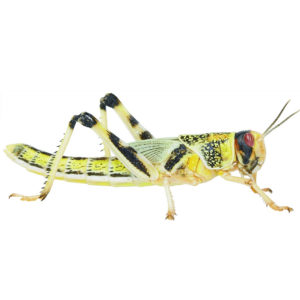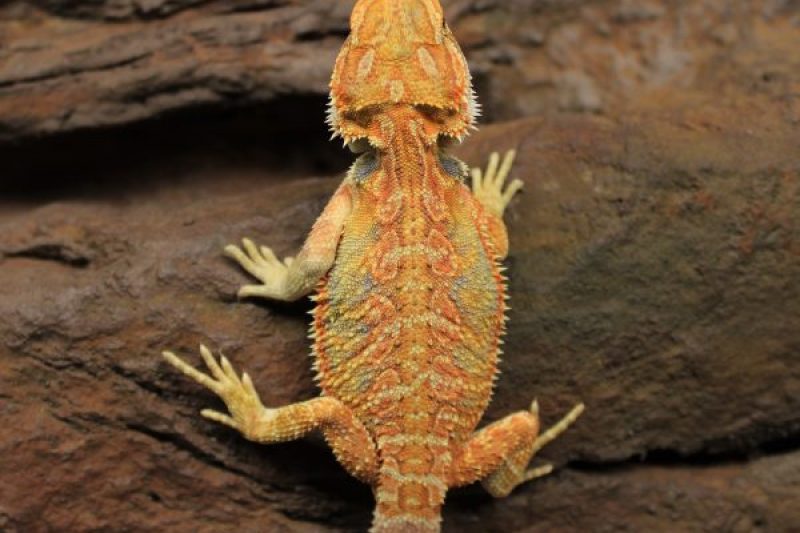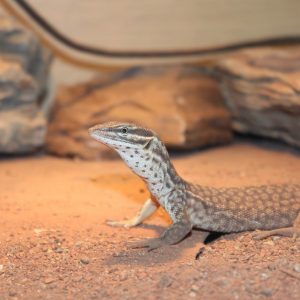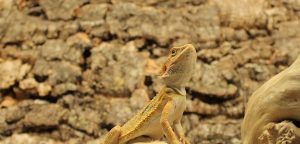
Live food Loyalty Program — Only at Our Kidlington Store!
Calling all reptile keepers and bug lovers! Stock up and earn rewards every time you purchase live foods in-store. 🦗 Get 50 Bonus Points When

When we’re talking to people about what sort of lizard they would like to buy in our reptile shop the criteria is usually:
Of course, the bearded dragon lizard does fulfil all these criteria very well indeed – that’s why they are so popular and commonly recommended. But if you really would like something a little bit different, there are several alternatives. Perhaps you’ve had a bearded dragon before and would like to keep something else, or perhaps you don’t like the livefood aspect.
Also known as Dab lizards, this group of species are true desert specialists. They have the advantage of being totally vegetarian so you don’t
need to have livefoods in your house – in fact, they are sometimes known as ‘tortoises without shells’!
With the exception of the Egyptian uromastyx (which can grow to almost a metre long) they are all a reasonable size, and so are quite happy in a 4’ long vivarium with decor and accessories like plants, vines, grapevines, branches, just the same size we recommend for a beardie. They are, like most reptiles, happiest when kept alone; babies can be kept in groups, and two females will often live together peacefully, but the problem with that is that they are almost impossible to sex. A single uromastyx will not have the stress of competing over the food bowl, or basking spots, or the best hiding place – they will bond better with their owner, too.
They do tend to cost more to buy than bearded dragons, but that’s because they are much harder to breed; if you do manage to obtain a pair and persuade them to lay eggs, you certainly never have any problems finding new homes for the offspring. Unlike more commonly seen reptiles!
A vegetarian diet is what most people love about their uromastyx. They are quite happy with the sort of mixed green diet that you give to a tortoise, but they also are very fond of flowers, seeds and lentils. We tend to keep a small bowl of bird seed in the vivarium so that they can choose between fresh greens and seed.
As a true desert dweller they need low humidity, which is simple to achieve in the vivarium; they require a really high temperature, and the heat from the bulbs dries the air out to a level that they are comfortable with. We offer ours a water bowl once a week, and sometimes give them a light spray of water in the morning; this means that if they want to drink they can do, but without raising the humidity in their vivarium.
Whilst they are slightly more shy than the ever bold beardie, once they are used to you uromastyx are just as friendly and are happy to come out and be handled. Obviously you don’t want them to cool down too much, so it’s worth keeping handling sessions short, especially in the beginning.
Read our uromastyx care sheet and Dee’s blog on why she loves them
 Also known as the ‘Ackie’ (a shortened form of the latin name), these have all the advantages of their larger cousins but without the need for a room of their own when adult!
Also known as the ‘Ackie’ (a shortened form of the latin name), these have all the advantages of their larger cousins but without the need for a room of their own when adult!
They grow no longer than 2’ long, although most are smaller than this, so can be housed in a 4’ vivarium with decor including bark, plants, sand such as . A good strong UV source, and a good hot basking light keeps them happy, although unlike the uromastyx we do always provide these guys with a water dish.
Climbing is something that most dwarf spiny tails seem to enjoy, so it’s always good to provide them with plenty of cage furniture that they can scramble around on – but make sure it’s well anchored, as they do like to dig as well.
Curiosity is one of the spiny tail’s most endearing characteristics. They are very intelligent (for a lizard) and do like to see what’s going on outside their vivarium. They are one of the few lizard species that appear to appreciate interaction and even treats hidden away for them to find, any sort of activity to prevent boredom setting in.
As an Australian native, they are of course never available wild caught. There are two species, the red and the yellow, although they are very similar to the untrained eye and have probably been hybridised to a greater or lesser degree. Reds get slightly larger, and tend to be more confident, whereas yellows can be more slender, and are a little more nervous. Both types, once they get to know you, are quite happy to be handled.
They are carnivorous, and appreciate an invertebrate heavy diet with plenty of variety. They can take pinky mice as a treat, although beware the fat content – you don’t want an obese monitor! Eggs are fine, raw or boiled and chopped, and they do seem to like small snails. They will cheerfully take all the common livefoods, which should of course always be gut loaded and dusted with a good calcium supplement.
They will live in groups, although if you plan to have three or more you will, of course, need a larger vivarium. A 6′ x 2′ with several basking spots provides a good amount of space for several spiny tails to thrive.
A lovely animal that makes an excellent pet!
Read our Spiny Tailed Monitor care sheet
Very similar to the bearded dragon which they closely resemble, although as adults they are significantly smaller. They are the only animal on this list that can be comfortably housed in a 3’ vivarium, although bigger is always better!
Care is the same as for beardies, strong UV and a good basking spot, and they are omnivores so do require livefoods as well as salad. Oddly, many Rankin’s dragons seem to prefer the various worms to things like crickets, although a varied diet is always a good idea.
Whilst they have a reputation for being more sociable with each other than their larger cousins, we do recommend that they are kept singly. If you would like to keep more than one, never keep more than one male to an enclosure as they will fight to the death! Two females usually get along fine, as do a male and a female – although as with beardies, this means that the male will constantly harass the female to breed, which puts a lot of stress on her system. Groups are a safer bet, with one male to two or three females.
They are not as readily available as beardies, which can be an issue; they seem to have a much smaller gene pool, so if you do wish to breed them it’s vitally important to get an animal that’s unrelated to your own. (They are all related, but the further apart they are genetically the better.) Part of the problem with supply is that animals that have been too closely interbred are much less fertile than those more distantly related, so smaller clutches become the norm.
Other than that, they tend to be a charming, robust little lizard that is quite happy to be handled; they are rather shy as babies, but they very soon work out who brings them their food, and then they’re your friend for life!
In conclusion, these three species all make very good pets and are a little bit different to the bearded dragon. We’re not saying that beardies don’t make good pets – they really are one of the best pet species out there – but if you would like something just a little bit different that isn’t going to be huge or difficult to feed then these three are certainly worth considering.
The usual rules apply, of course. Make sure that the animal you are buying is captive bred, and always look for clear eyes, a clean bottom, and an alert demeanour. Make sure that you have the right housing, heating and UVB lighting all ready for your new pet (whatever the species), and allow it sufficient time to settle in before you begin to handle them.
Come and see us in store, we will help you choose the species that best suits you and help you provide the right environment.
Above all, enjoy keeping them!

Calling all reptile keepers and bug lovers! Stock up and earn rewards every time you purchase live foods in-store. 🦗 Get 50 Bonus Points When

Why Do UVB Lamps for Reptiles Need to Be Replaced and How Often UVB lamps are essential for the health and well-being of reptiles, but

Why Reptiles Require UVB Light and How Their Bodies Use It Reptiles, unlike mammals, cannot synthesize vitamin D3 through their diet alone. Instead, they rely
Copyright 2021 Evolution Reptiles
All rights reserved.